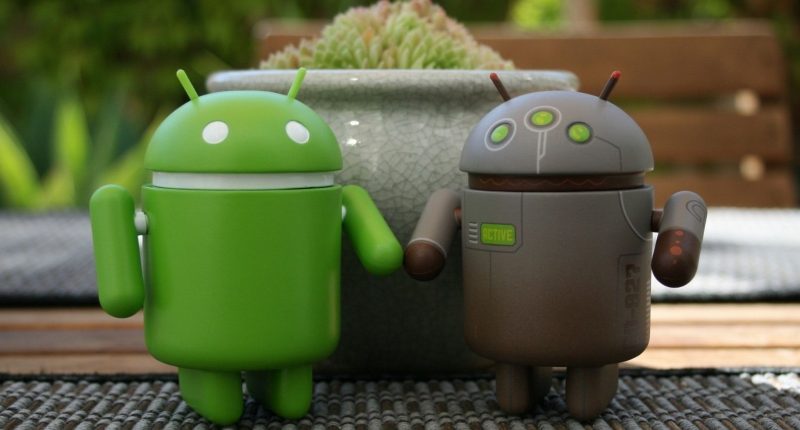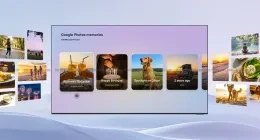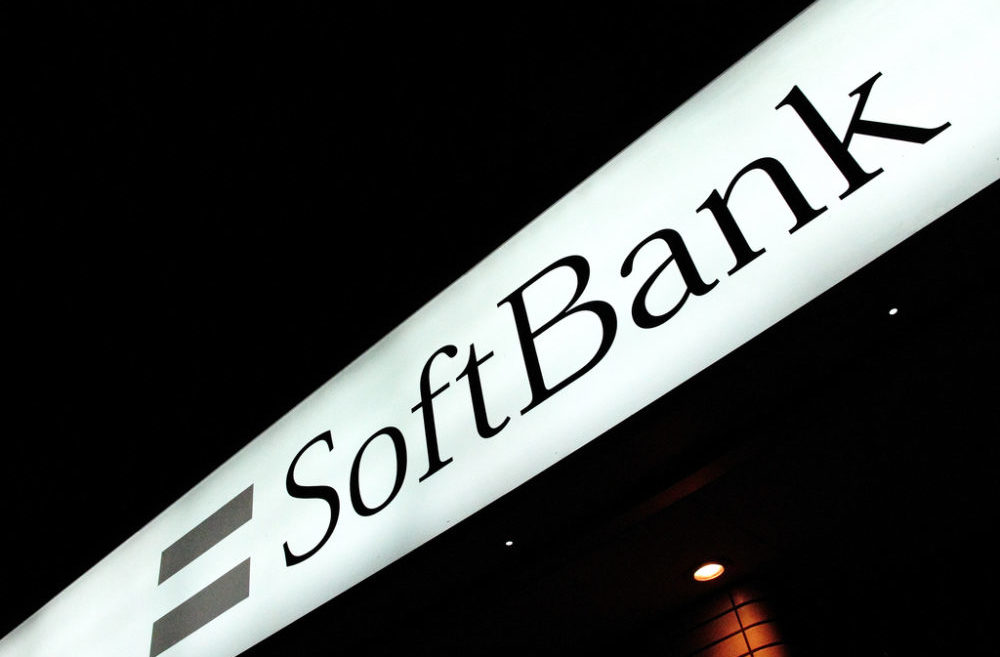A few months after Android 12 rolled out, Android 13 has made its presence known. However, it still has a long way to go before it is made available to all. Today, the first developer preview of Android 13 has been released and comes with several new and interesting features.
Let us see the early Valentine’s gift Google brought to Android developers. The Android 13 DP1 (developer preview 1) will be available on compatible Pixel 4 (XL), Pixel 4a, Pixel 4a 5G, Pixel 5, Pixel 5a, Pixel 6, and Pixel 6 Pro devices.
“First Android 13 developer preview!” said Dave Burke, Google VP, engineering, tweeted. “13 is both a Fibonacci and prime number so we have that going for us… Over the next months, we’ll be building on tablet/foldable work from 12L, privacy & security, and dev productivity.”
Keep in mind that this is but a preview, a “first look” only. Google is planning two developer releases (for Android 13) throughout February and March and then launching a beta in April. It expects Android 13 to be stable by around June or July. So you might not see all the new features announced in the developer preview (which is not uncommon with tech giants).
Privacy is something that is becoming more precious by the day in the modern digital age. Google has jumped the bandwagon as well, and with Android 13, it is bringing a new system photo picker, which will become a standard and optimized way of sharing local and cloud-based images securely. With this, you can share images and videos with an individual app without the app needing permission to see the photos you have on your device. This is a much-needed feature, especially when most apps ask permission to access the gallery of the device. This feature will be made available to phones that run Android 11 or future iterations of Google’s OS.
Remember Android 12’s Material You’s customizable color themes? Well, that is coming on Android 13 as well. Now, this will extend to all app icons in Android 13, not just those of Google. This means that the app icons will take on any color tint that will complement your wallpaper. However, for this to work, developers will need to provide compatible monochromatic app icons. For now, this will be made only to Pixel devices, but Google said that it will work with its partners to bring it to more devices.
More about apps. They can now discover and connect to nearby devices via Wi-Fi without needing permission to turn on the “location” function of the device. Additionally, Google continues to invest in its Project Mainline initiative, which will bring more updates to the OS through Google Play.
Additionally, developers are getting a new API to streamline the process of adding custom tiles to Quick Settings, as well as a new system dialog that will let you add a tile from within an app. The new OS also comes with a new API that allows for per-app language preference for multilingual users. With this, apps will now let you choose a language that is different from the system language.
The Tech Portal is published by Blue Box Media Private Limited. Our investors have no influence over our reporting. Read our full Ownership and Funding Disclosure →






